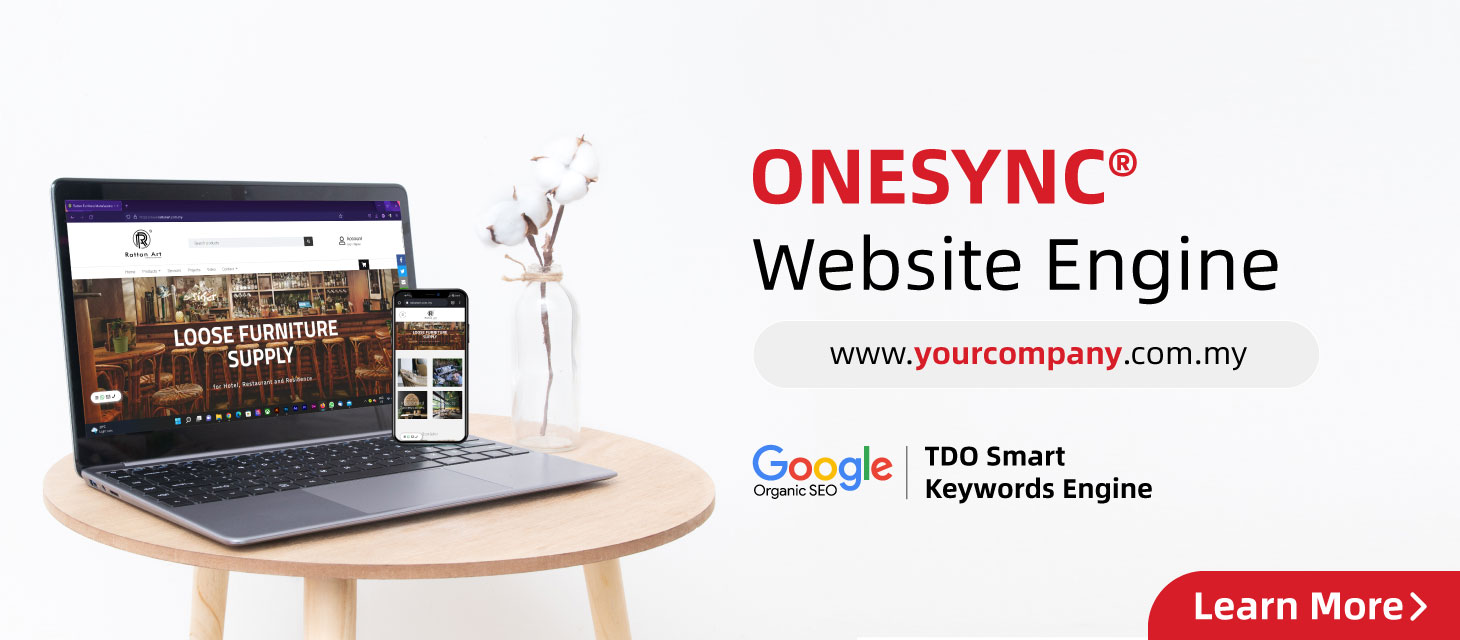Standing at a compact 11 inches (27.9 cm) tall and 6.3 inches (16 cm) wide, and weighing a mere 3.3 pounds (1.5 kg), Reachy Mini is designed for accessibility and engagement. Its distinctive features include a motorized head and body rotation, animated antennas for expressiveness, and multimodal sensing capabilities through an integrated camera, microphones, and speakers. The companies said these features enable rich, AI-powered audio-visual interactions.
Pollen Robotics was acquired by Hugging Face in April 2025. At the time of the acquisition, Hugging Face intended to integrate its AI tools with Reachy’s hardware. Reachy Mini appears to be the first result.
Reachy Mini is available in two versions (see comparison below). Both versions are sold as kits, encouraging users to engage in the assembly process and deepen their understanding of the robot’s mechanics. According to Hugging Face, the robot will offer 15-plus robot behaviors at launch.
.png)
One of the strengths of Reachy Mini seemingly lies in its integration with Hugging Face. This allows users to leverage state-of-the-art open-source models for speech, vision, and personality development. Its full programmability in Python, with future support planned for JavaScript and Scratch, ensures a versatile environment for developers of all skill levels.
The open-source nature of the robot extends beyond its software to its hardware and simulation environments. This community-driven approach fosters collaboration and encourages the sharing of robot behaviors, creating an ecosystem for continuous innovation.
Hugging Face said deliveries for the lite version of Reachy Mini are expected to start in late summer 2025, with the compute version rolling out in batches from fall 2025 through 2026.









